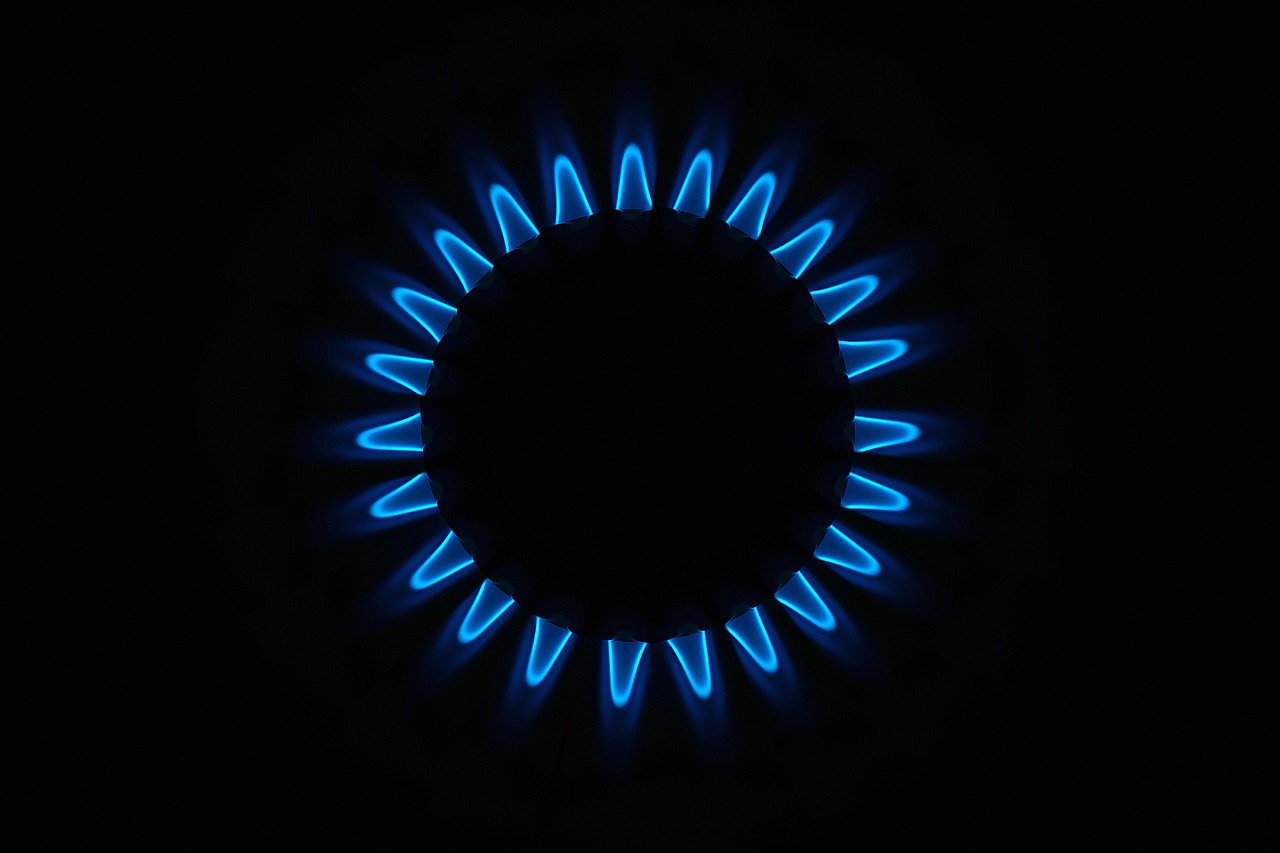Carbon monoxide (CO) is often described as a “silent killer”; invisible, odourless, and tasteless. Most people are aware of its immediate dangers: collapse, coma, even death. But far less attention is given to the long-term health consequences that can arise from lower-level, chronic exposure.
Because its symptoms – fatigue, dizziness, nausea – are vague and easily confused with everyday illnesses, carbon monoxide exposure frequently goes undetected. Without proper carbon monoxide testing, (or for CO detectors info for properties let in Scotland) these warning signs can be missed for months, quietly allowing irreversible damage to build up over time.
The hidden dangers beyond immediate poisoning
When inhaled, carbon monoxide binds tightly to haemoglobin in the blood, drastically reducing oxygen delivery to vital organs. Short-term exposure at high levels may induce symptoms like headache, nausea, dizziness, confusion, chest pain, seizures or unconsciousness and even death.
But lower-level or prolonged exposure, which often goes undetected, can result in insidious effects.
The UK Government notes that long-term exposure to low concentrations of CO may lead to persistent headaches, lethargy, nausea, flu-like symptoms, plus cardiovascular and neuropsychological issues.
These include memory problems, personality changes, visual or sleep disturbance, and even undiagnosed dementia-like conditions.
Indeed, chronic exposure may masquerade as mild illness or stress, causing sufferers to think of themselves as just “run-down”, rather than alerting medical professionals to potential CO poisoning.
How common are these health risks?
Official sources indicate that in the UK, there are typically around 30 accidental deaths annually from unintentional, non-fire-related carbon monoxide (CO) poisoning. Hospital admissions due to CO poisoning in Scotland average around 40 to 50 cases per year.
However, these numbers likely underestimate the true extent, as many low-level or chronic exposures remain undiagnosed or unreported.
A survey by Gas Safe Register found that only 27% of people recognised symptoms of CO poisoning, and more than half mistakenly associated nasal congestion and fever; symptoms of colds, with CO exposure. In fact, over 3,000 individuals attend A&E annually, yet awareness remains dangerously low.
Chronic cognitive and neurological damage
Long after removal from exposure, survivors of CO poisoning may experience delayed neurological symptoms, sometimes emerging up to 40 days later. These may include difficulty with higher intellectual functions, memory loss, amnesia, depression, speech problems or movement disorders akin to Parkinson’s disease.
Brain imaging of some victims, reveals damage to white‑matter areas and the basal ganglia; regions vital for memory, motor control and mood regulation. In some studies, up to 50% of those suffering severe acute exposure developed delayed neuropsychiatric symptoms.
Cardiovascular effects and hidden heart damage
The cardiovascular system also suffers. CO exposure is implicated in acute events like arrhythmias, chest pain and heart attack during or immediately following high-level inhalation. Yet the damage may persist: cardiac injury increases the risk of early mortality over the following decade.
Chronic exposure, such as in poorly ventilated homes with faulty boilers, may contribute to increased risk of atherosclerosis, and may exacerbate existing cardiovascular conditions.
Vulnerable groups: pregnancy, children and those in deprived areas
Pregnant women and unborn babies are particularly vulnerable. Fetal haemoglobin holds CO more tightly than adult forms, and elimination is much slower, resulting in higher fetal levels. Adverse birth outcomes, such as low birth weight, congenital malformations or even neonatal death, have been associated with both acute and chronic maternal CO exposure.
Hospitalisation data also show disparities: people living in more deprived areas are up to 1.7 times more likely to suffer CO-related illness, possibly due to older appliances or poorer ventilation in the home. Some ethnic groups also appear at greater risk.
A real-life tragedy underscores the risks
One striking case involved a woman misdiagnosed with early‑onset dementia in her thirties. Over three years, she endured constant headaches, dizziness and concentration problems. Only when a gas engineer checked her boiler was it discovered to be leaking CO.
She now lives with vascular dementia and fibromyalgia linked to her long-term exposure. Her story highlights just how severe the consequences of undiagnosed CO can be.
Why CO poisoning often goes undetected
There are multiple reasons:
- Most symptoms mimic everyday illnesses, fatigue, headache, nausea. Many doctors initially suspect flu, migraines or stress rather than CO exposure.
- Standard carboxyhaemoglobin blood tests may not reliably capture chronic exposure, as levels can fall by the time of testing.
- Awareness of CO risks remains limited. Many do not have a functioning CO detector or fail to act on symptoms that improve when spending time outside.
Prevention: the underused safeguard
The most effective prevention is a working CO alarm. In Scotland, landlords must comply with regulations requiring sealed-battery carbon monoxide detectors in rental properties, as outlined in housing safety laws. Experts recommend installing one between 1 and 3 metres from any fuel-burning appliance and replacing it regularly.
Annual safety checks of gas boilers, cookers and heaters by Gas Safe registered engineers are essential. In the UK, around one in four homes contains a potentially dangerous gas appliance, and faulty boilers, cookers and heaters remain a leading cause of carbon monoxide incidents.
Simple habits can make a difference, such as ventilating spaces when cooking or using portable heating devices indoors during power outages or camping. Portable CO alarms in caravans or tents can prevent tragedies like those seen in colder months.
Conclusion: taking chronic exposure seriously
While dramatic stories of acute poisoning attract headlines, the more common and insidious threat comes from prolonged, low-level carbon monoxide exposure. Chronic headaches, unexplained fatigue, memory problems, mood shifts, and heart trouble, all may stem from this silent gas.
With only around 30 deaths per year from unintentional carbon monoxide (CO) poisoning across the UK, and possibly as low as 8 to 9 annually when considering only the most recent decade, the true burden is almost certainly far higher.
Recognising symptoms, fitting CO detectors, and servicing appliances regularly are simple steps that can save lives and protect long-term health precautions. They could be what stands between life and death, or significantly reduce long-term health damage.










